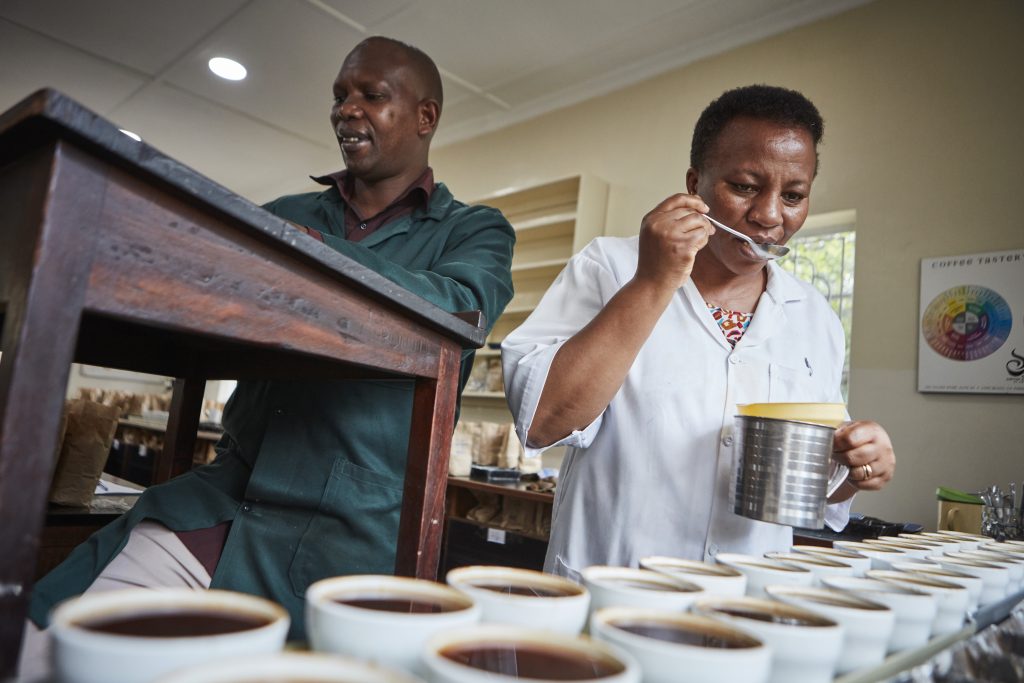|
Preferences are subjective; quality is objective. The difference between the two is a matter of calibration. Am I cupping this coffee based on what I think, or based on what I think others I trust will think of this coffee. The latter is the cornerstone of calibration and perhaps the most difficult part of sourcing in Colombia.
This is a country where farmers talk about their crop in terms of cup scores. It’s also a country where you can find the entire quality spectrum on one farm. It’s a place where commodity coffees are intended to cover costs, while microlots make the money. And it’s in this context that we find farmers who cup their coffees, but who oftentimes need more context to calibrate with their customers.
A top-down approach looks to calibrate with cuppers at the export level (like Cedro Alto) or Cooperative level (like CENCOIC and ABADES). Through programs like CENCOIC’s Micro-processors Certification Course, which connects farm practices to cup quality, these programs can reach further still to individual cooperative members.
However, there are also bottom-up initiatives already in play. It’s rare to find a cooperative in Colombia that does not have a youth program, a women’s group, and/or a community of interest around post-harvest processing. In many other parts of the world farmers neglected their experimental nanolots during covid – why bother with the risk and expense when they don’t know the market will be there. But not here in Colombia, where many partners got even more involved roasting, tasting, and experimenting with their coffees.
For example, take anaerobic fermentation. This is an intentional delay between picking and pulping. Sometimes this happens in a cool, shady spot. Sometimes it is in cool water. Sometimes it is in a sealed drum with a one-way gas valve, making it more of a low oxygen environment. From there the pulp is fermented, and the coffee can be processed as a natural or washed.
Results are mixed: Some farmers are getting dead embryos. Others discover malic, tropical notes. In all cases, experiments represent engagement in one’s coffee and an opportunity to learn.
In addition to delayed fermentation (call it anaerobic or otherwise), last year’s craze was around naturals. When the price of washed Arabica is on the rise, like right now, fewer farmers produce naturals. Those who do, produce less. When prices are down, more farmers are willing to take on the extra labor and risk to try for an extra premium.
It is extra encouraging to hear that farmers in the Cedro Alto network in Tolima are producing naturals like crazy. Two familiar names–Andrés Trujillo and Eduin Hernández–have been treated right by naturals. So much so, they recently vowed to switch 100% of their production away from washed. Several other producers in Andrés local association have gotten onboard. We are expecting quite a bit of naturals in the next harvest!
|
